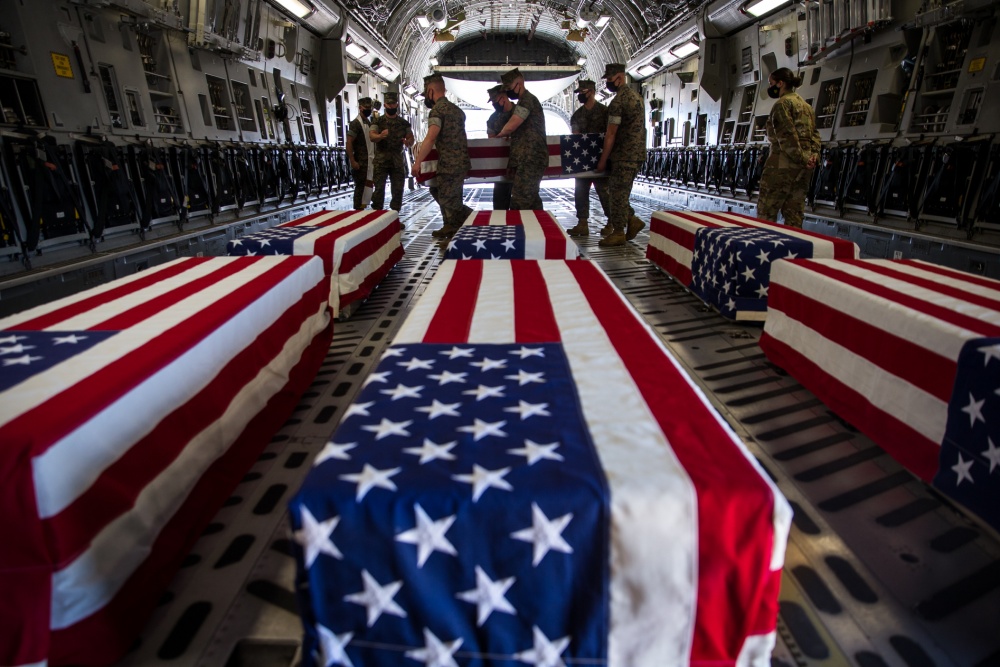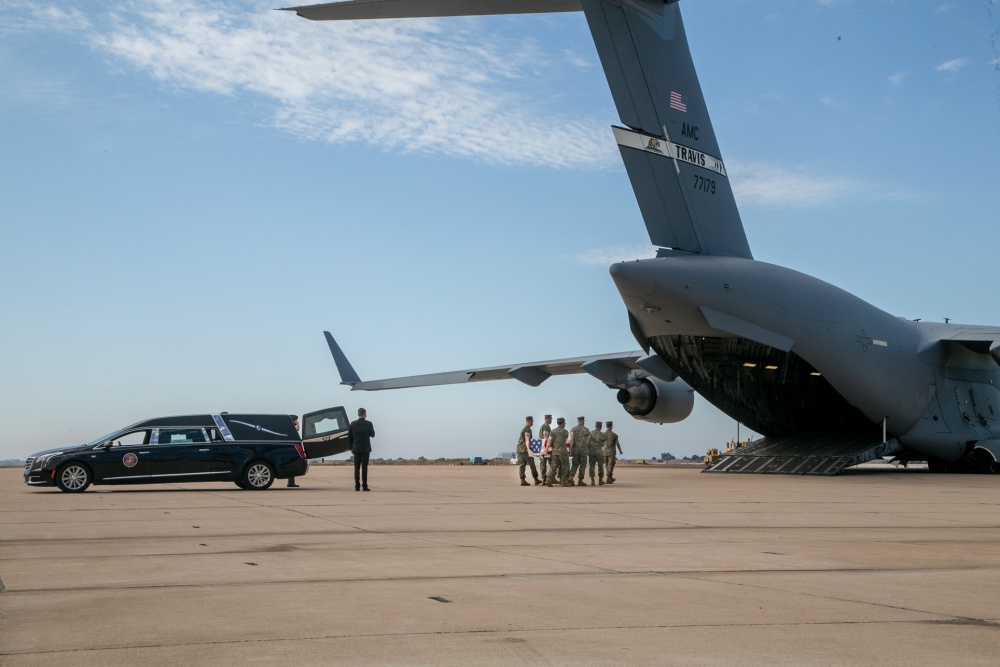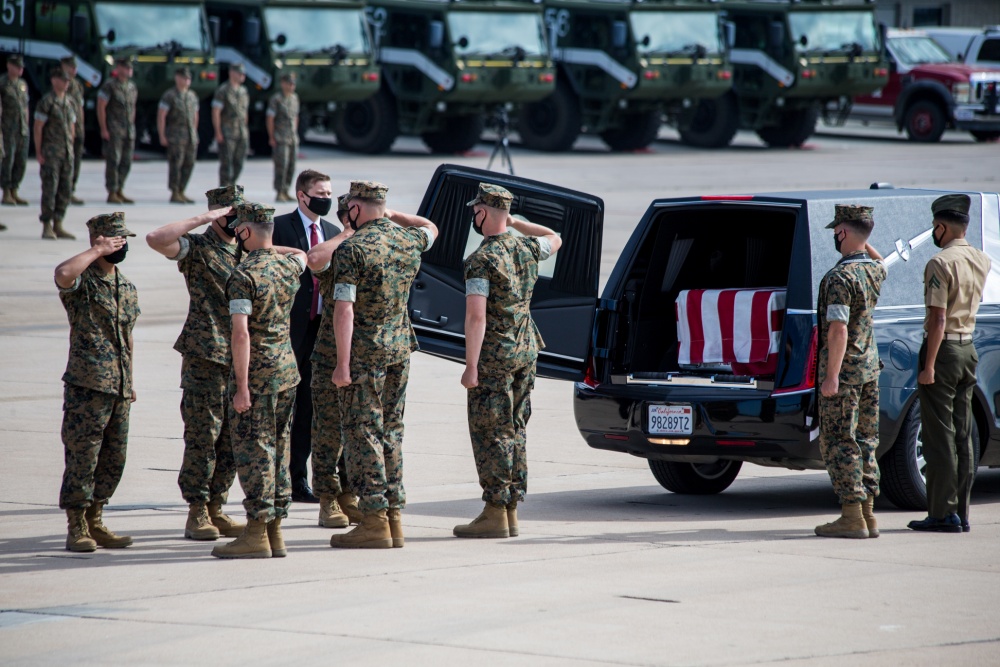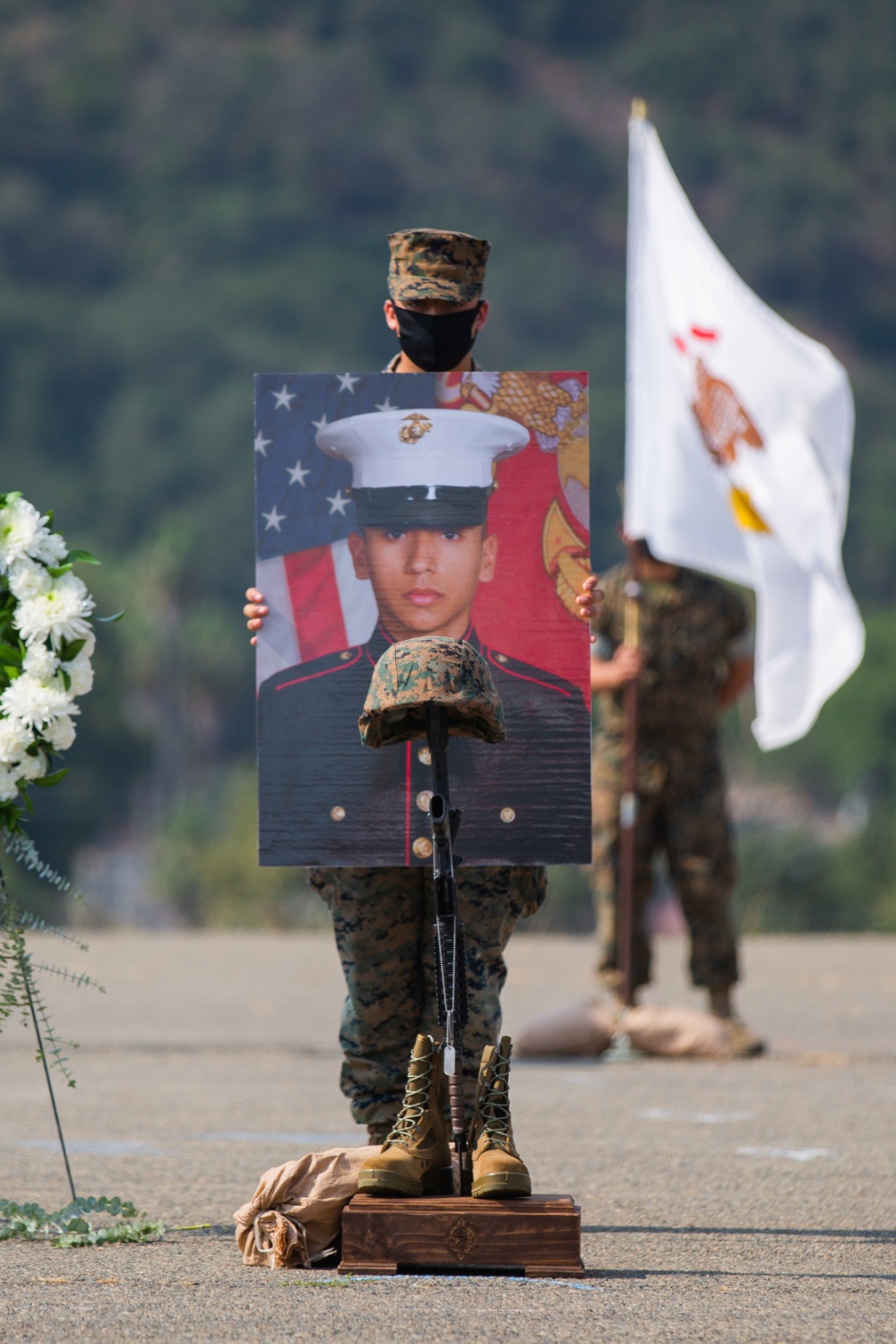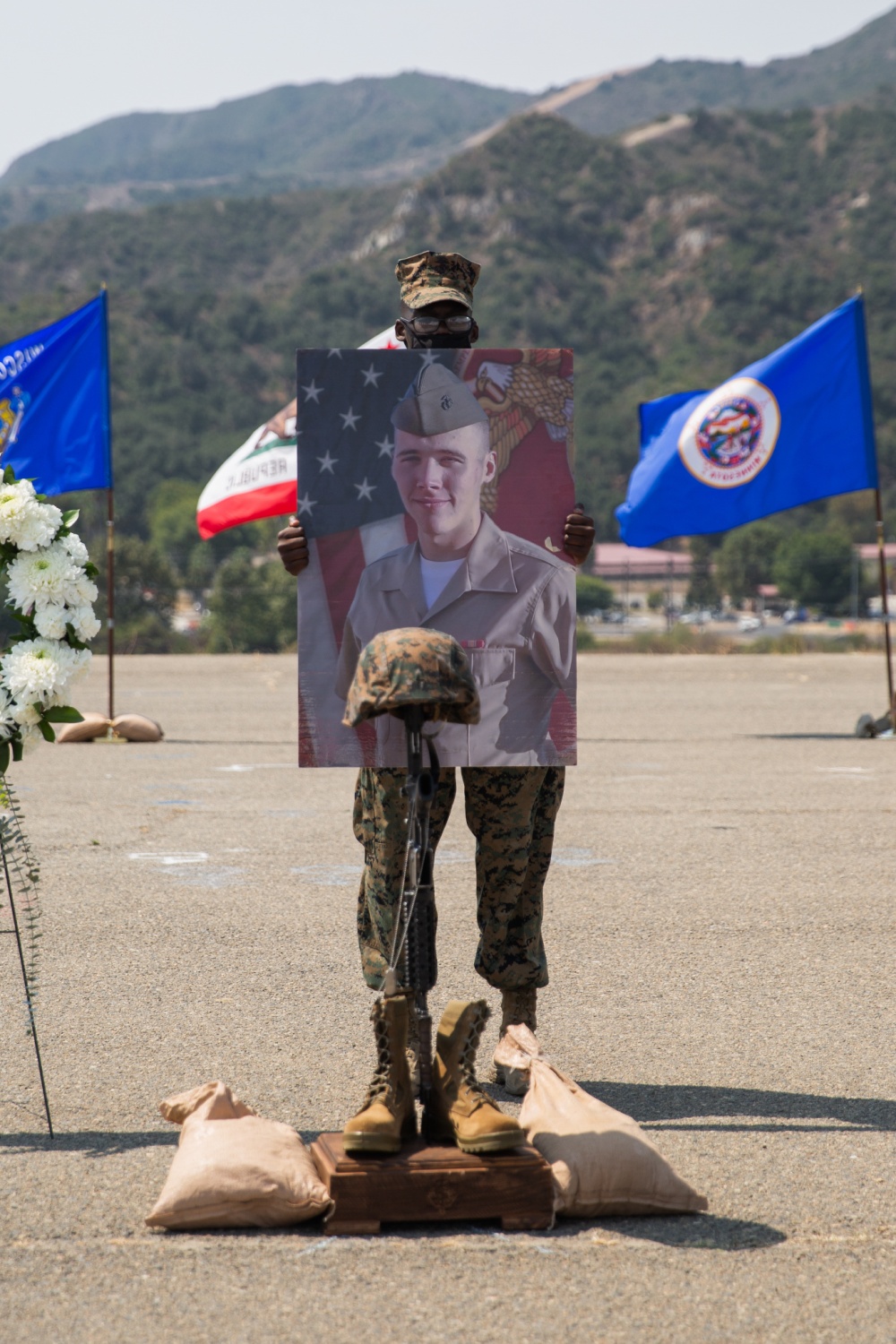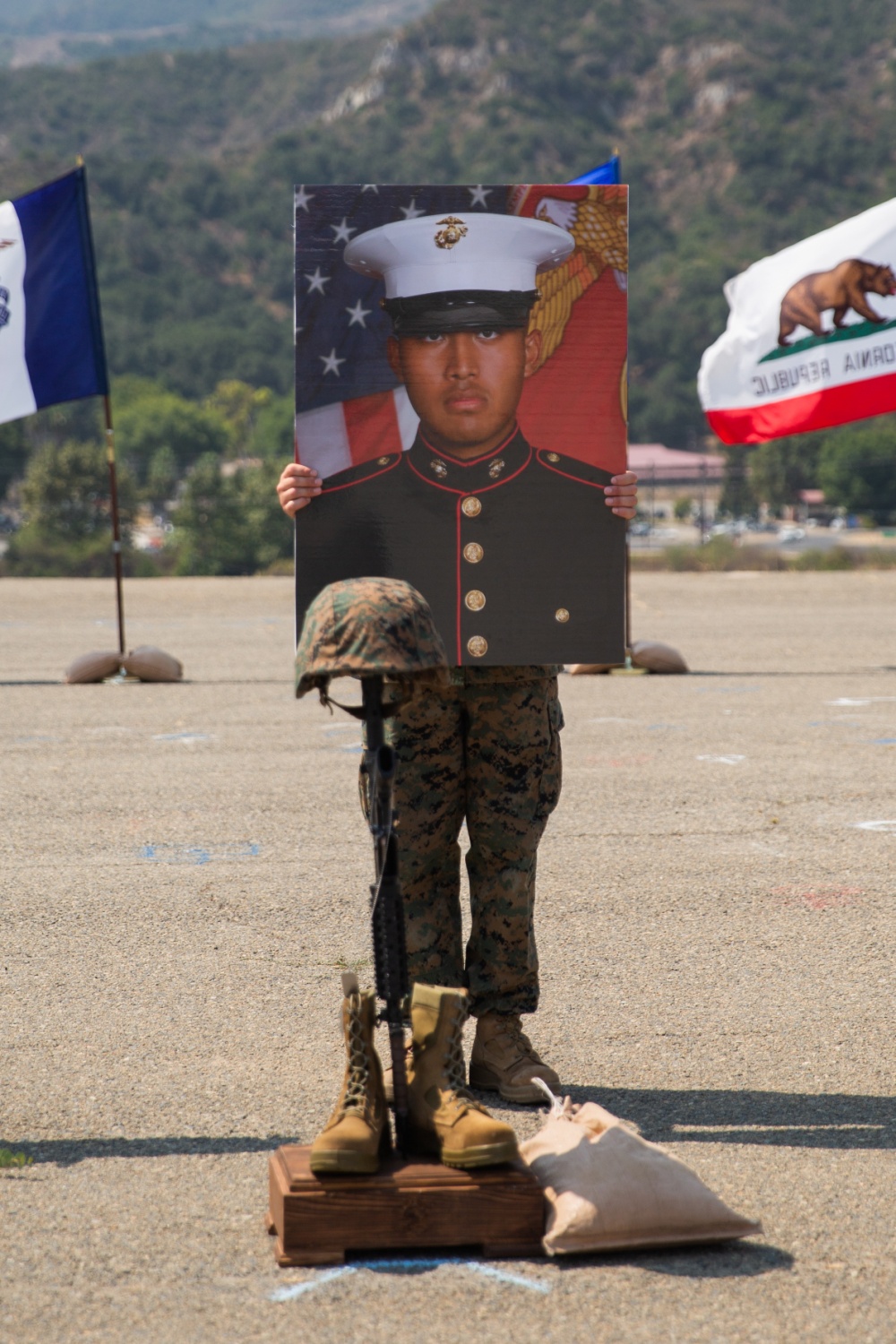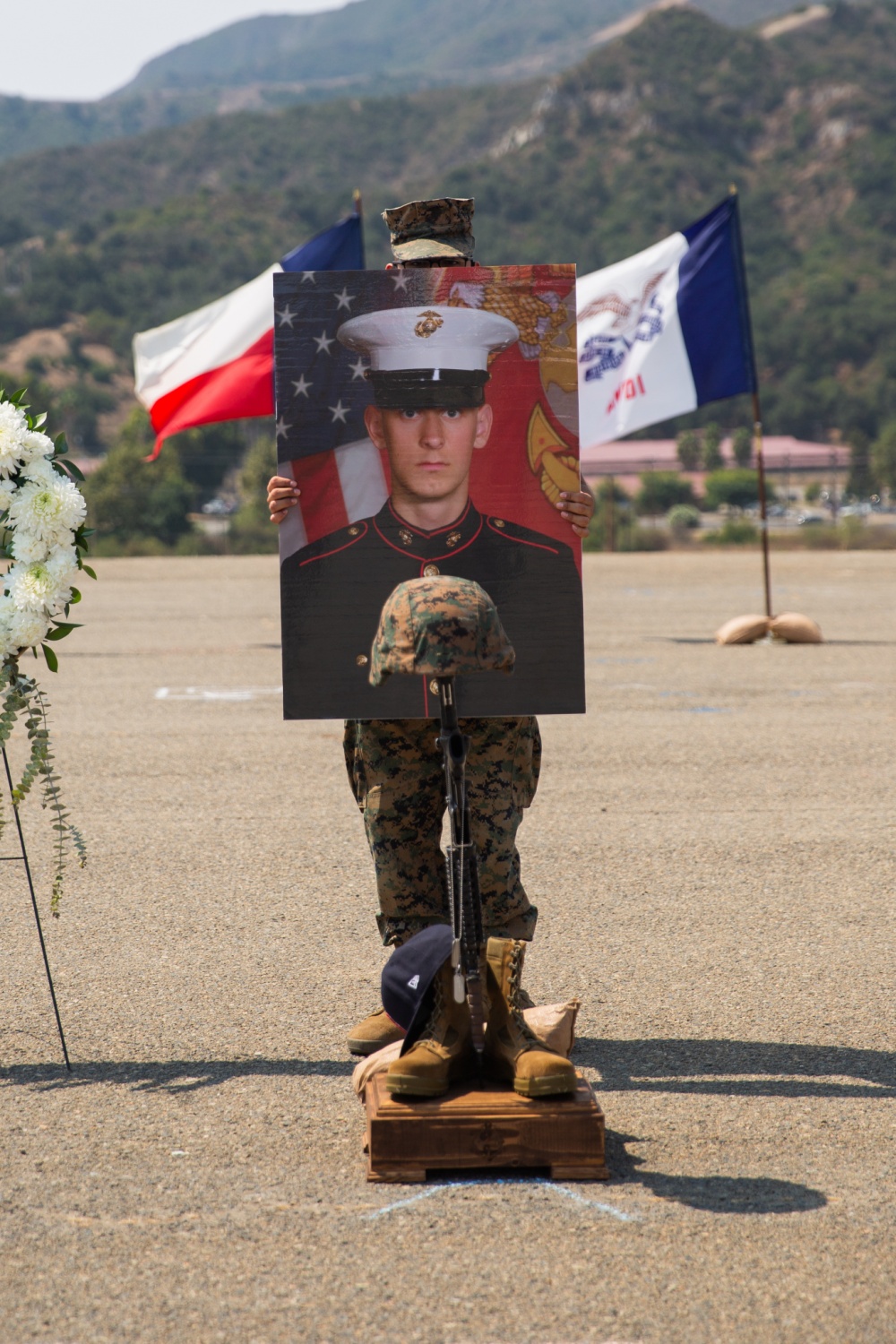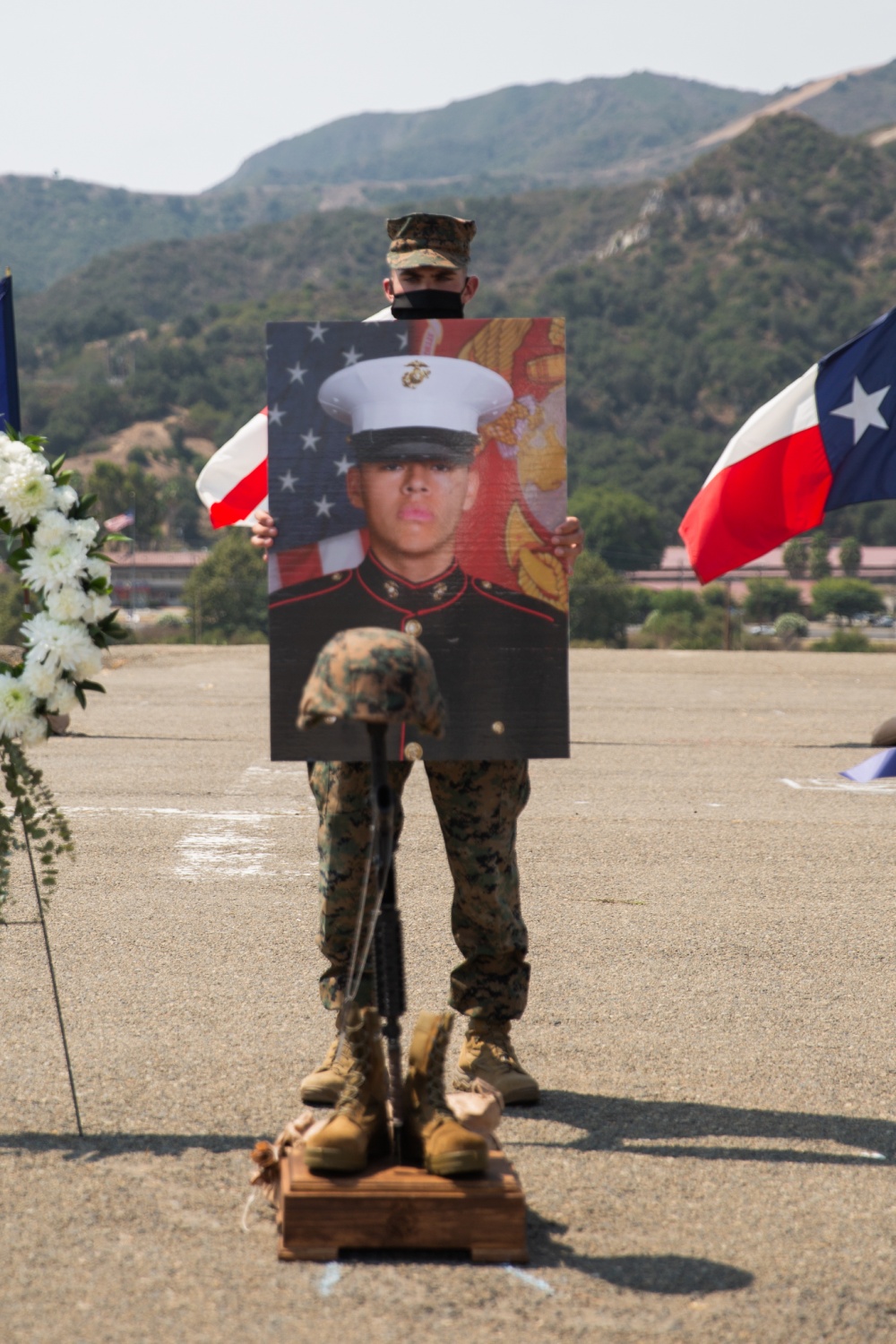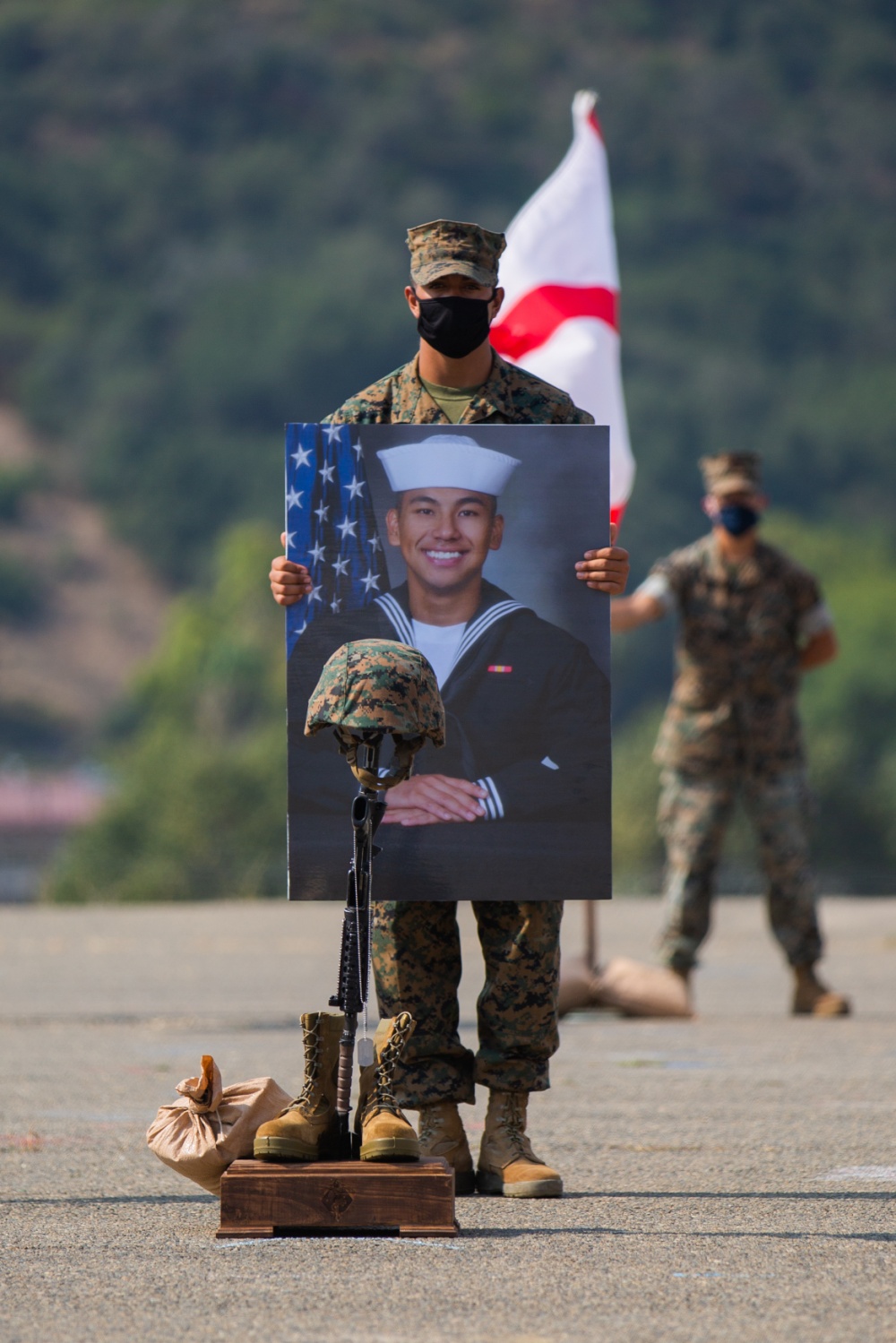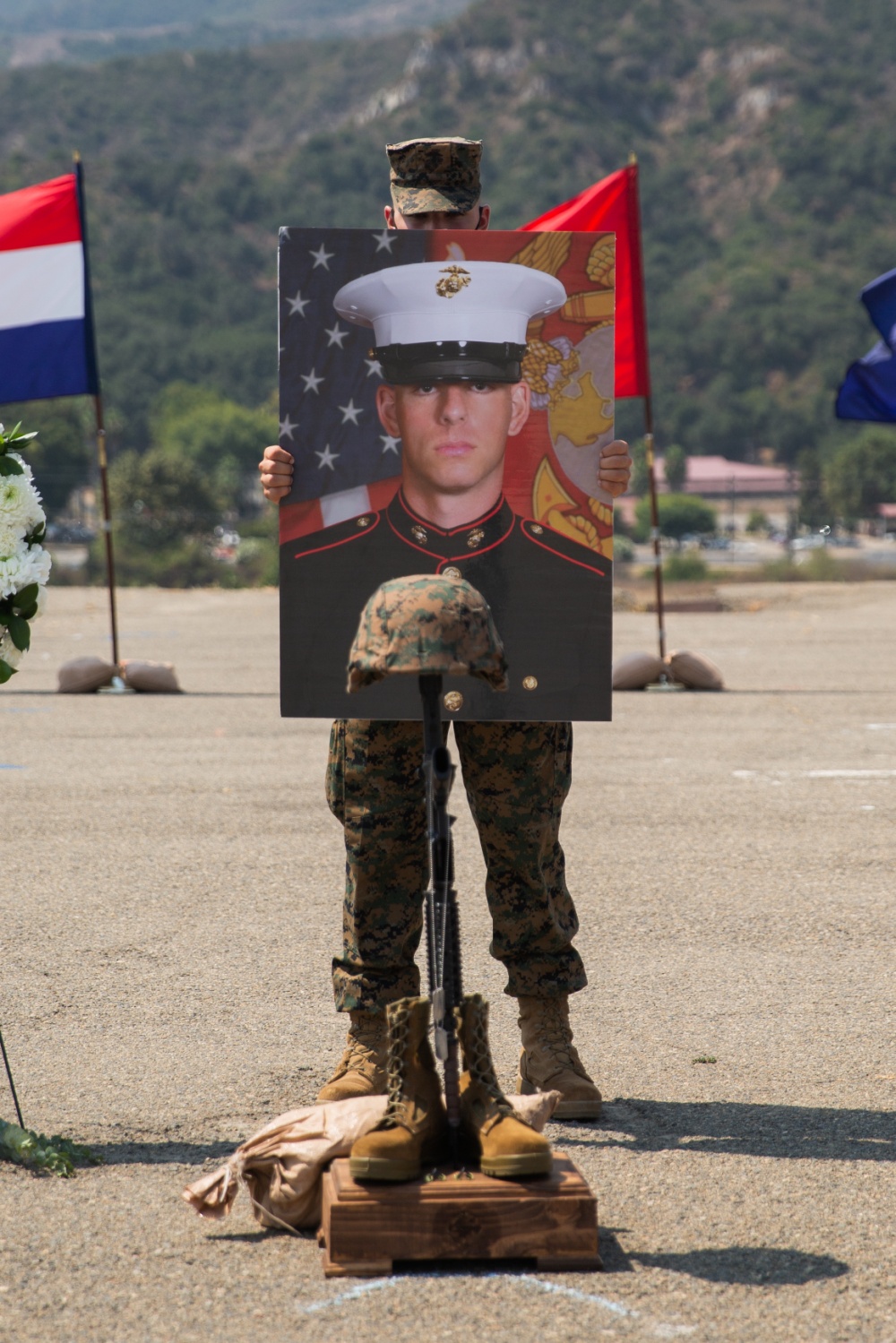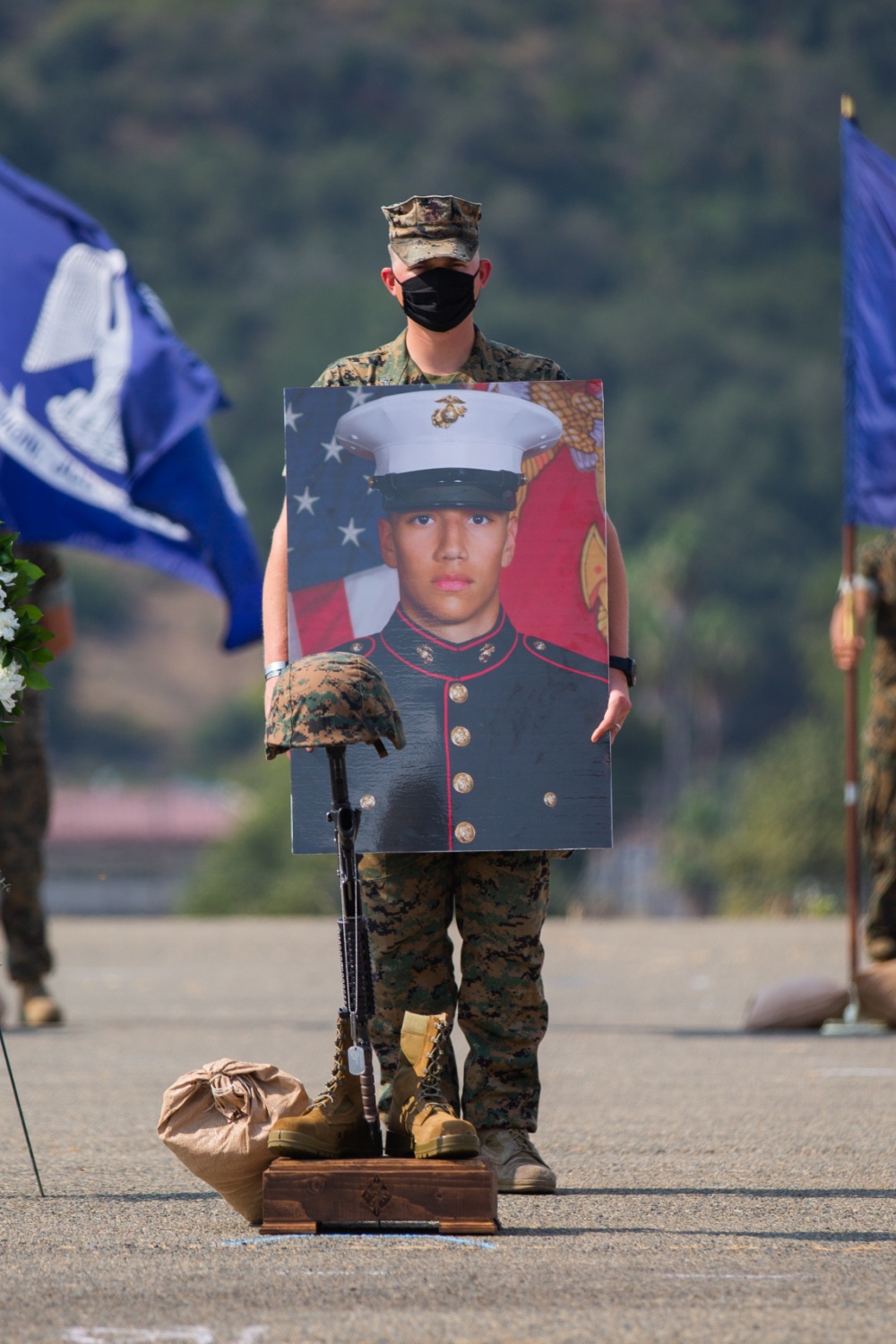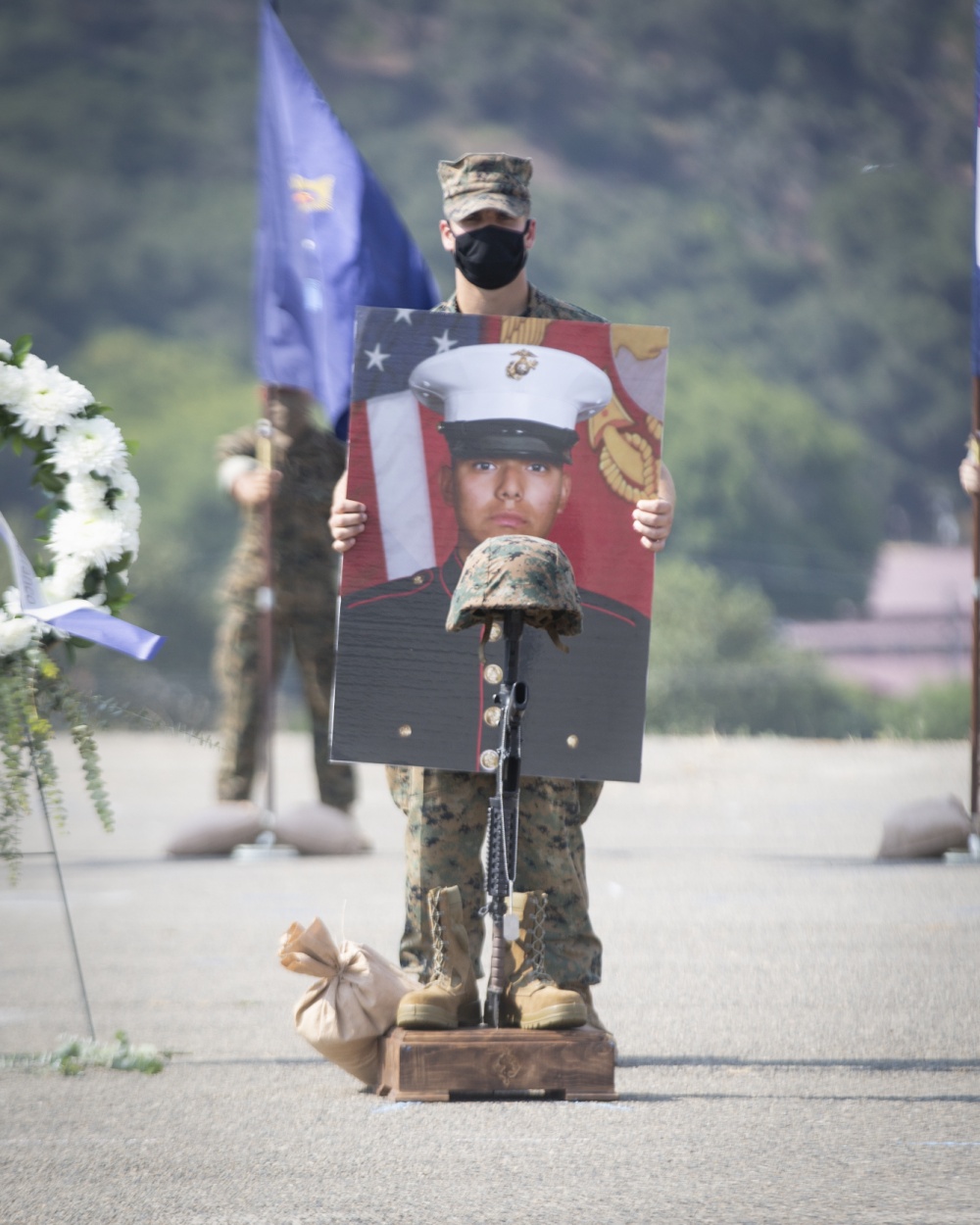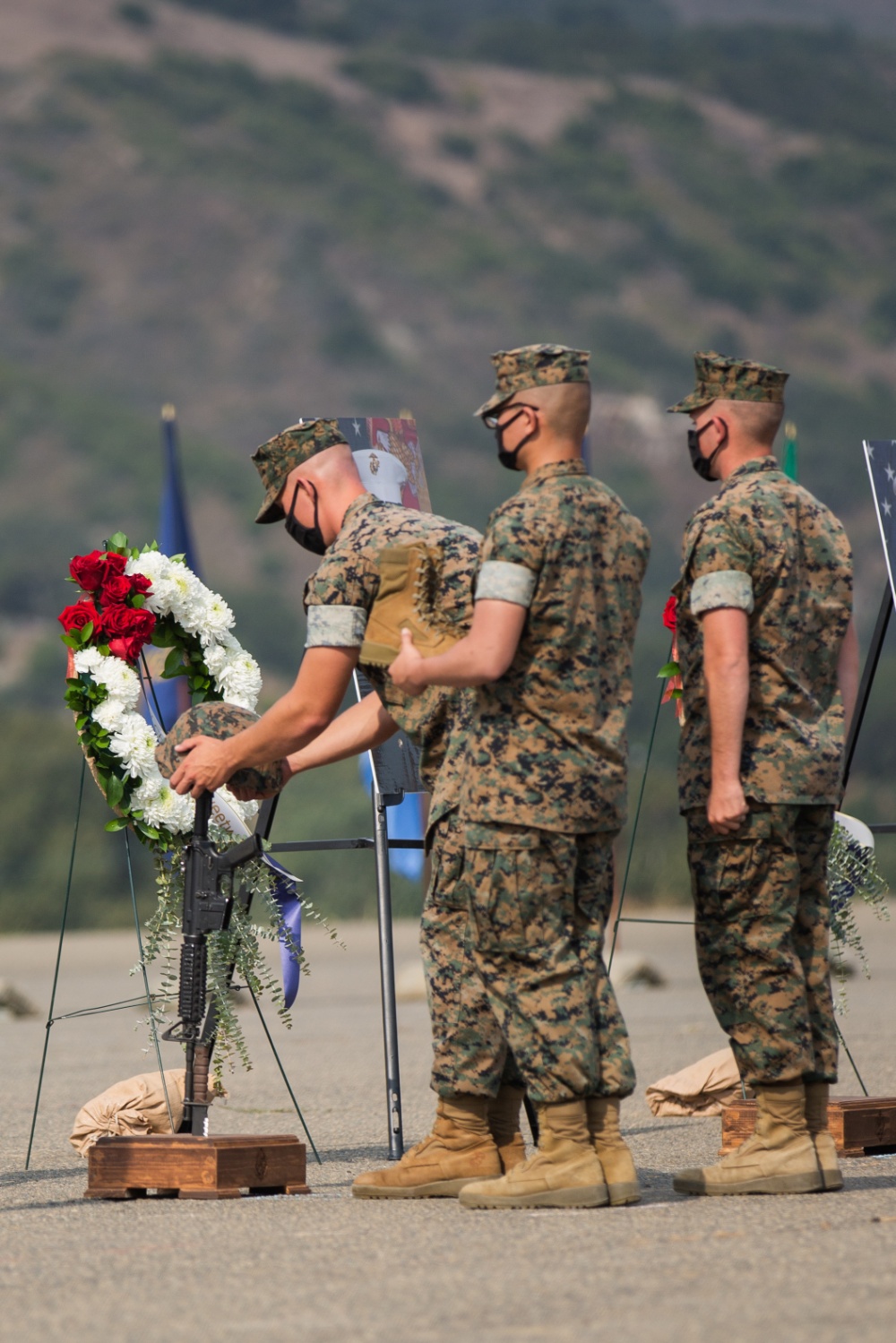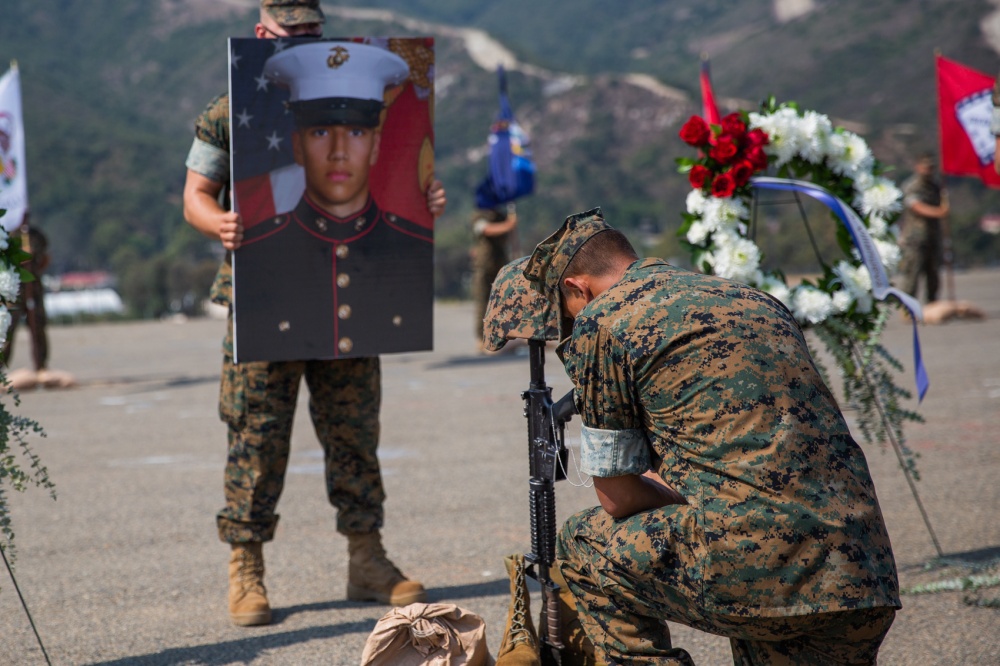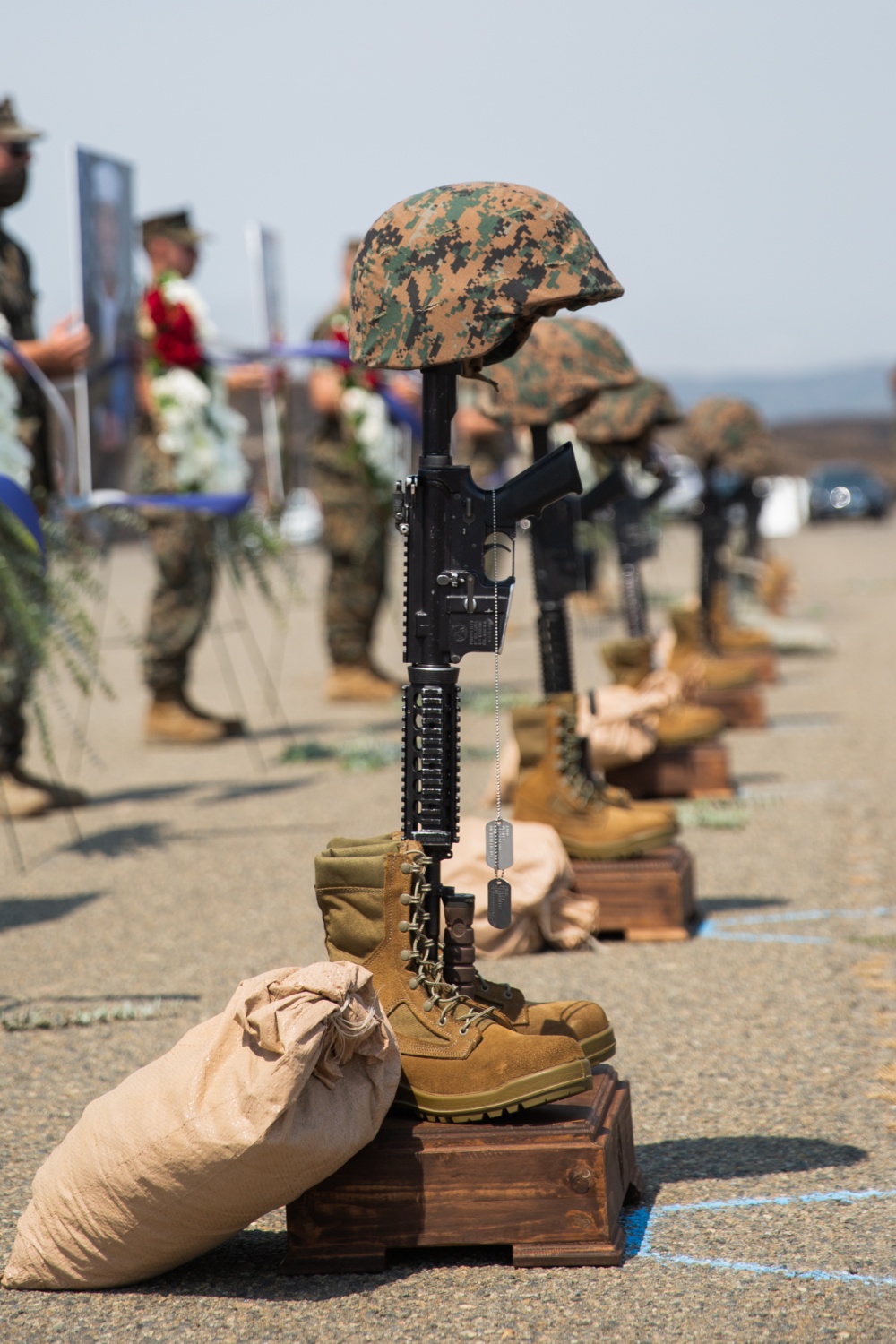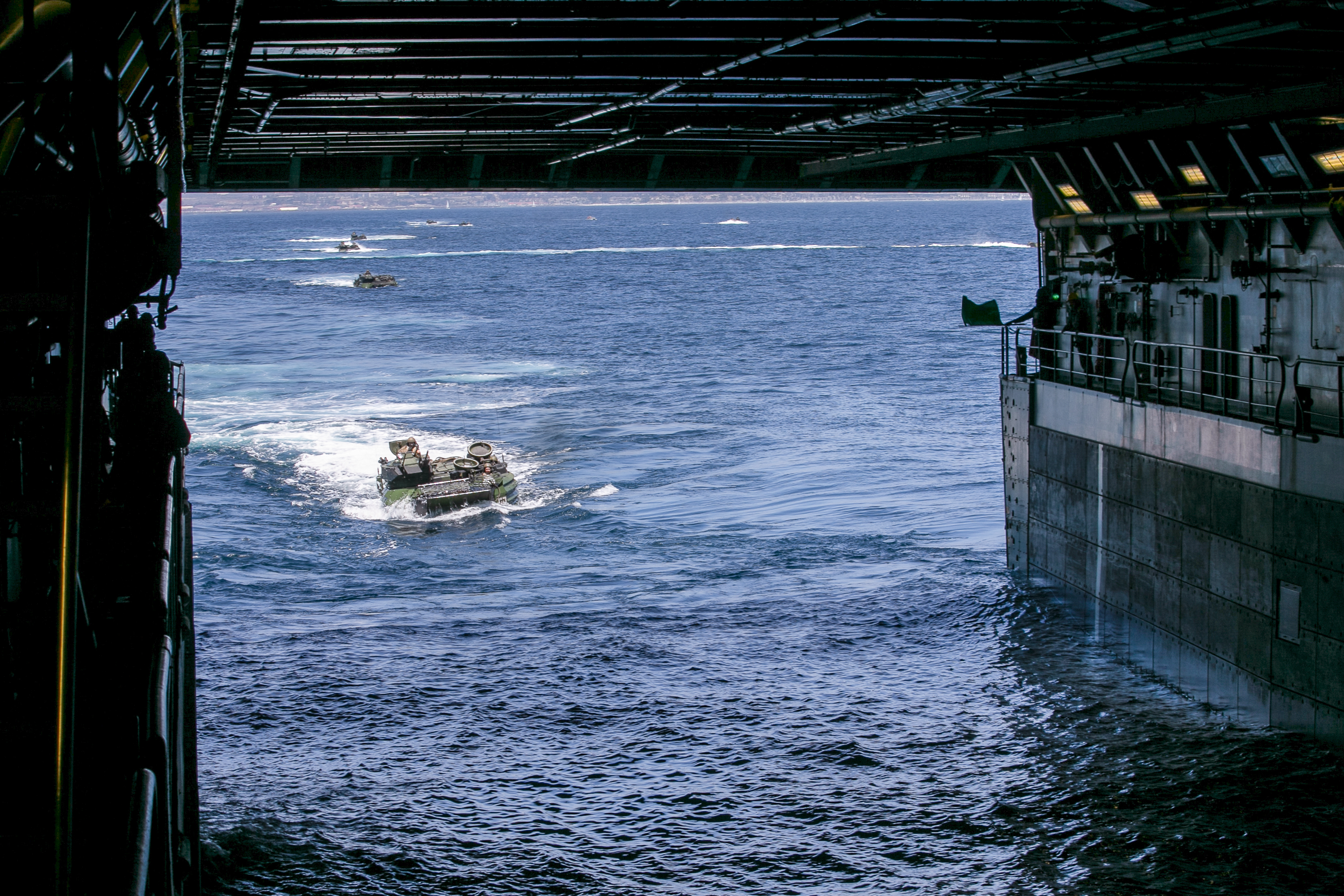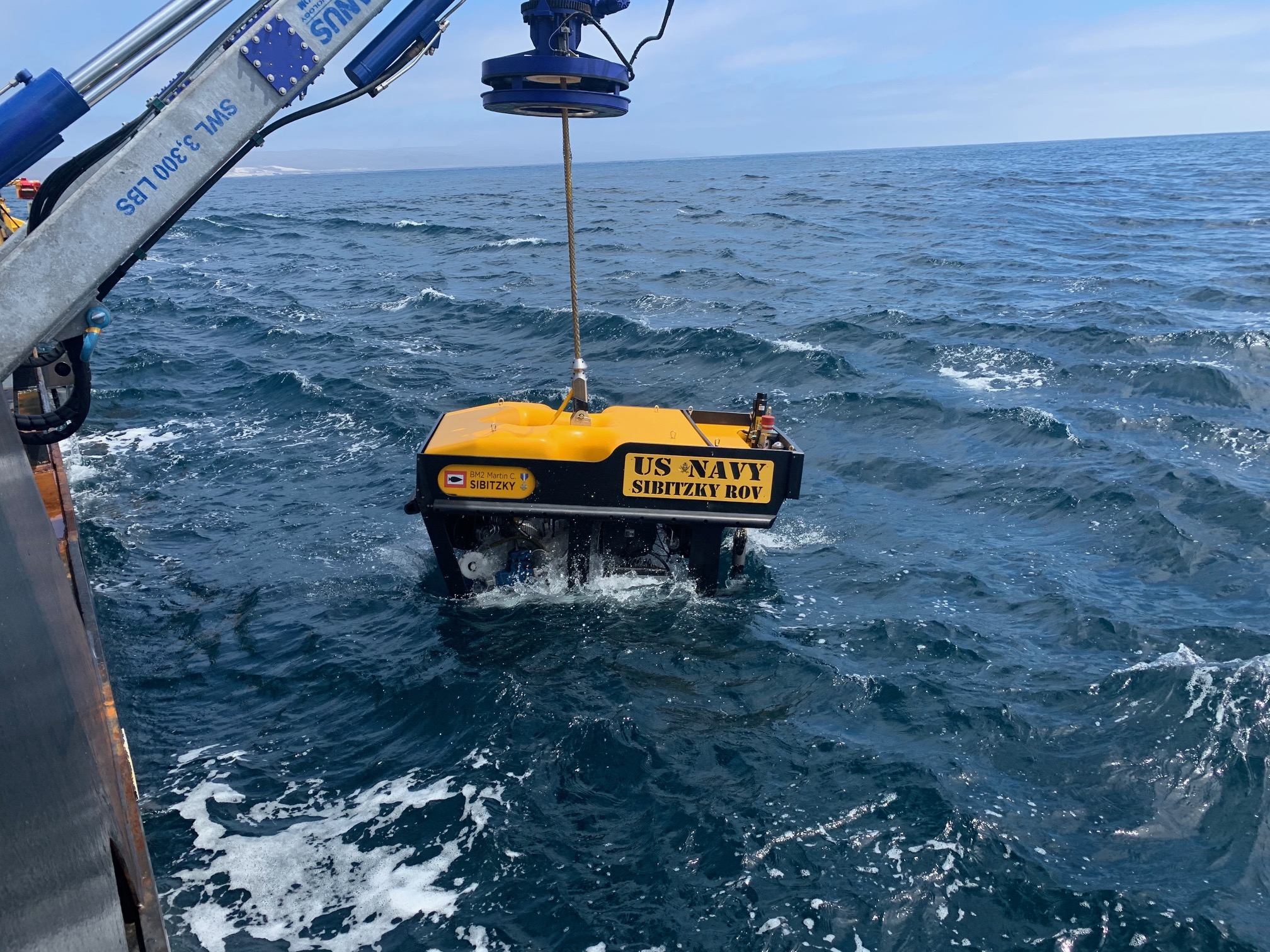The U.S. military confirmed it located and recovered the remains of the marines and sailor who died during a training incident off San Clemente Island.
A memorial service was planned Friday at Camp Pendleton for eight U.S. Marines and one U.S. Navy sailor killed last month in a “training mishap” off the coast of Southern California.
The private ceremony set place at the Marine Corps base in north San Diego County. It would honor the young lives lost in the July 30 accident off the coast of San Clemente Island, about 78 miles away from San Diego.
The fallen include:
- Pfc. Bryan J. Baltierra, 18, of Corona, California
- Lance Cpl. Marco A. Barranco, 21, of Montebello, California
- Pfc. Evan A. Bath, 19, of Oak Creek, Wisconsin
- Navy Hospital Corpsman 3rd Class (Fleet Marine Force) Christopher Gnem, 22, of Stockton, California
- Pfc. Jack-Ryan Ostrovsky, 20, of Bend, Oregon
- Cpl. Wesley A. Rodd, 22, of Harris, Texas
- Lance Cpl. Chase D. Sweetwood, 18, of Portland, Oregon
- Cpl. Cesar A. Villanueva, 21, of Riverside, California
- Lance Cpl. Guillermo S. Perez, 19, of New Braunfels, Texas
Photos: Somber Memorial Held for Fallen Military Members Killed in Training Incident
Last week, the remains of the service members arrived at Dover Air Force Base in Delaware. The images were powerful.
The caskets, draped in an American flags, were loaded one by one into a U.S. Air Force C-17 Globemaster III at Marine Corps Air Station Miramar by a pallbearer group made up of Marines and sailors, then they were flown to the East Coast where they were received by family members.
The remains of another Marine killed in the accident -- the only fallen Marine recovered the day of the mishap -- were flown to Dover AFB Aug. 5.

The AAV 'Training Mishap': What Happened?
On July 30, at around 5:45 p.m., 15 Marines and a sailor were taking part in a routine "shore-to-ship" training maneuver inside an amphibious assault vehicle (AAV) off San Clemente Island, California, the U.S. Marine Corps said.
The group was traveling from San Clemente to a Navy ship when the AAV began to take on water and sank about halfway through its training routine, according to Lt. Cameron H. Edinburgh, a Marine Corps spokesman for Camp Pendleton.
The 26-ton tanklike craft sank in hundreds of feet of water — too deep for divers — making it difficult to reach.
Military Training Mishap
More on the devastating tragedy.
Eight Marines were rescued from the sunken AAV that day. One of them died at the scene. Two others, in critical condition, were taken to Scripps Memorial Hospital in San Diego.
The injured were later identified as a Marine rifleman with Bravo Company, BLT 1/4, 15th MEU, and a Marine assault amphibious vehicle crewmember assigned to Mechanized Company, BLT 1/4, 15th MEU.
A search was launched for the eight missing service members. Days later, that search transitioned to a recovery mission as the troops were presumed dead.
The AAV sank in about 385 feet.
On Aug. 3, crews with the 15th Marine Expeditionary Unit (MEU), I Marine Expeditionary Force (MEF) and the Makin Island Amphibious Ready Group (ARG) located the sunken amphibious assault, USMC officials at Camp Pendleton said.
What Is an AAV and What About Prior Mishaps?
The Marines use the amphibious assault vehicles to transport troops and their equipment from Navy ships to land. They are nicknamed "amtracs" because the original name for the vehicle was “amphibious tractor.”
The armored vehicles, designed to be buoyant, can hold more than 20 passengers and can weigh as much as 30 tons. They are outfitted with machine guns and grenade launchers. They look like tanks as they roll ashore for beach attacks, with Marines pouring out of them to take up positions.
The AAV involved in this incident had three water-tight hatches and two large troop hatches.
The vehicles have been used since 1972 and are continually refurbished.
The Marine Corps commandant, Gen. David Berger, suspended waterborne operations of all of its more than 800 amphibious assault vehicles across the branch until the cause of the accident is determined.
He said the move was out of “an abundance of caution.”
The July 30 mishap was the deadliest of several similar incidents involving amtracs that have occurred during Camp Pendleton exercises in less than a decade.
In 2011, a Marine was killed when an AAV sank during a training exercise in Oceanside Harbor. Six Marines were inside that AAV.
And in 2017, 14 Marines and one sailor were hospitalized after their AAV hit a natural gas line, igniting a fire that engulfed the landing craft during a training exercise at Camp Pendleton. One of the Marines was critically injured.
The Marine Expeditionary Force is the Marine Corps’ main warfighting organizational unit. There are three such groups, each of which is made up of ground, air and logistics forces.

